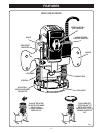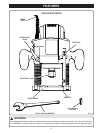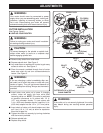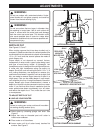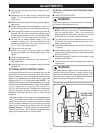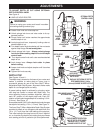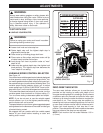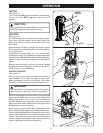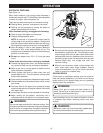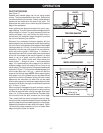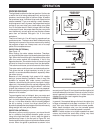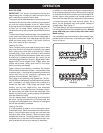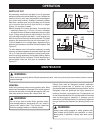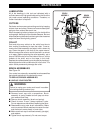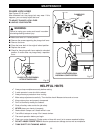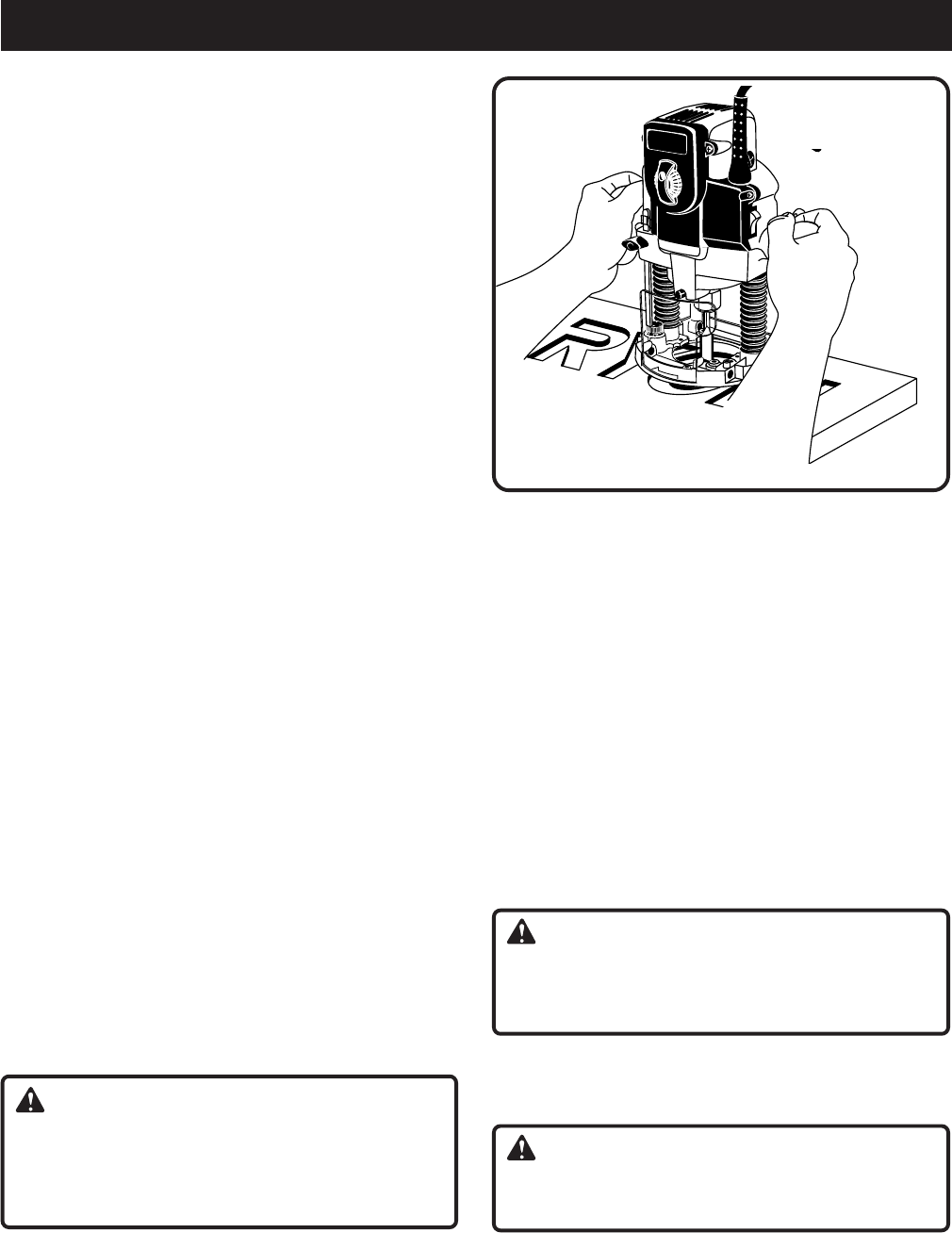
16
OPERATION
Fig. 16
ROUTING BY FREEHAND
See Figure 16.
When used freehand, your plunge router becomes a
flexible and versatile tool. This flexibility makes it possible
to easily rout signs, relief sculptures, etc.
There are two basic techniques for freehand routing:
■ Routing letters, grooves, and patterns into wood.
■ Routing out the background, leaving the letters or
pattern raised above the surface.
When freehand routing, we suggest the following:
■ Draw or layout the pattern on workpiece.
■ Choose the appropriate cutter.
NOTE: A core box or V-groove bit is often used for
routing letters and engraving objects. Straight bits
and ball mills are often used to make relief carvings.
Veining bits are used to carve small, intricate details.
■ Rout the pattern in two or more passes. Make the
first pass at 25% of the desired depth of cut. This
process will provide better control as well as being a
guide for the next pass.
■ Do not rout deeper than 1/8 in. (3.2 mm) per pass
or cut.
Follow these directions when routing by freehand:
■ Choose the appropriate cutter, set desired depth of
cut, carefully check set-up, and secure workpiece.
■ Make a test cut in a scrap piece of wood from the
same workpiece if possible.
■ Unlock plunge lock lever to raise cutter from any
preset depth of cut. This also permits raising cutter
inside router subbase.
■ Place router on workpiece inside pattern to be routed.
■ Grasp handles securely and press the switch to start
your router.
■ Let motor build to full speed, then gradually plunge
cutter into workpiece until stop bar comes into contact
with depth stop.
■ Lock plunge lock lever to secure depth of cut setting.
■ Begin routing out the pattern, continuing until a
complete pass at this depth of cut has been made.
WARNING:
Do not use large router bits for freehand routing. Use
of large router bits when freehand routing could cause
loss of control or create other hazardous conditions
that could cause possible serious personal injury.
■ Several cuts that require repositioning of router may
be needed for a particular job. If this situation exists,
unlock plunge lock lever to raise cutter inside router
subbase after each cut, reposition router for next cut,
gradually plunge cutter into workpiece until stop bar
contacts depth stop, lock plunge lock lever and
continue routing.
■ After all cuts have been made, unlock plunge lock
lever, raise cutter inside router subbase, remove
router from workpiece, turn off the router, and allow
cutter to come to a complete stop.
ROUTING EDGES
Place router on workpiece, making sure the router bit
does not contact workpiece. Turn router on and let the
motor build to its full speed. Begin your cut, gradually
feeding cutter into workpiece.
WARNING:
Keep a firm grip on router with both hands at all
times. Failure to do so could result in loss of control
leading to possible serious injury.
Upon completion of cut, turn motor off and let it come to
a complete stop before removing router from work
surface.
WARNING:
Never pull router out of work and place upside down
on work surface before the cutter stops.



